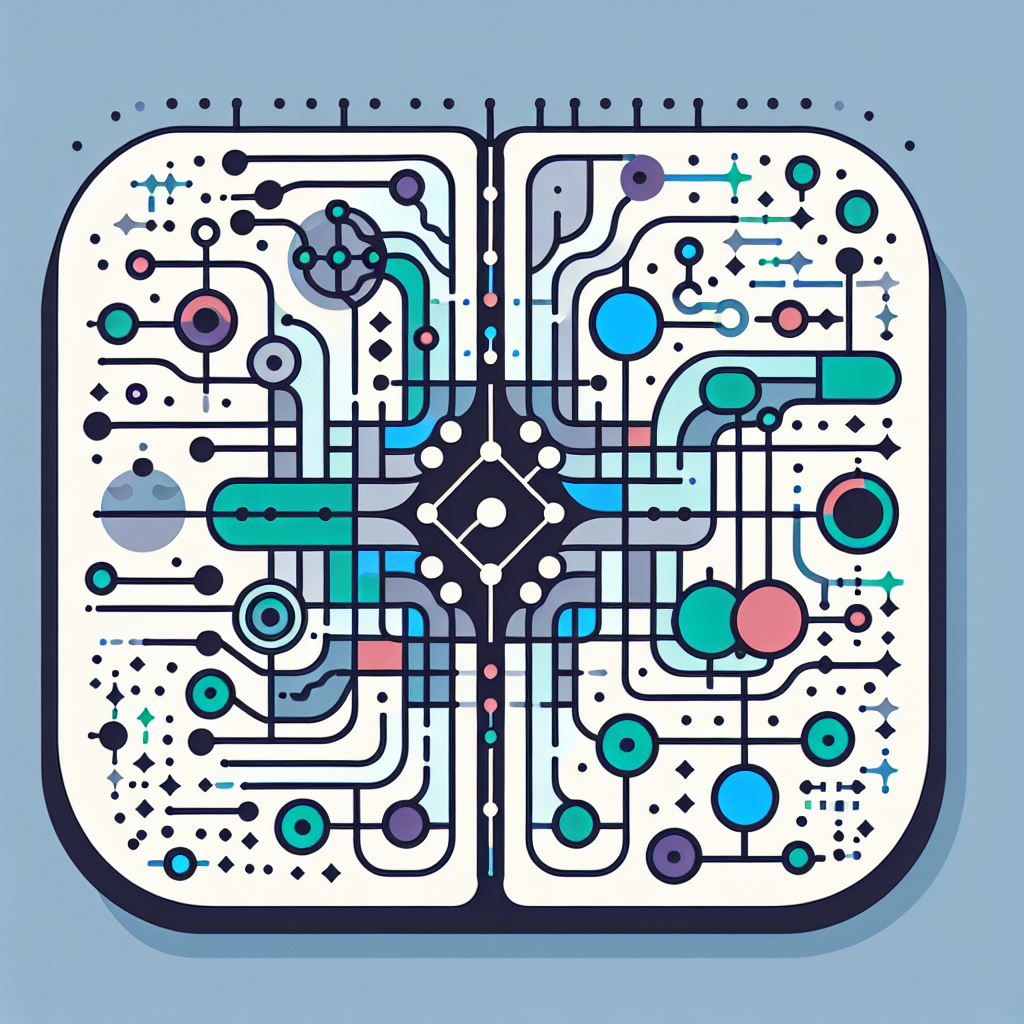How Does LLM Work? Unraveling AI's Powerful Secrets

Understanding Large Language Models: How Does LLM Work?
In recent years, the field of artificial intelligence has seen revolutionary advancements, particularly in natural language processing. At the heart of these innovations are Large Language Models (LLMs). These AI-driven constructs have transformed how machines understand and generate human language. But how does LLM work? Let’s delve into the intricate workings of these powerful models.
What is a Large Language Model?
A Large Language Model is a type of AI technology designed to understand, generate, and respond to human language. These models are built using machine learning techniques, where they are trained on vast amounts of textual data. The primary goal is to create an AI system capable of performing a variety of language-related tasks, such as translation, summarization, and even creative writing.
Core Components of LLMs
- Neural Networks: LLMs are typically based on neural networks, particularly transformer architectures, which allow for efficient processing of long-range dependencies in text.
- Training Data: These models are trained on diverse datasets that include books, articles, and internet content to ensure they understand a wide array of language contexts.
- Tokenization: Text is broken down into manageable pieces, or tokens, which can be words, subwords, or characters, depending on the language model’s design.
The Mechanics Behind LLMs
How Training Works
Training a language model involves feeding it large datasets so it can learn patterns, context, and the structure of language. This process includes:
-
Pre-training: The model learns general language patterns through unsupervised learning, where it predicts the next word in a sentence given the previous words. An example code snippet using Python’s Hugging Face library might look like this:
from transformers import GPT2Tokenizer, GPT2Model tokenizer = GPT2Tokenizer.from_pretrained("gpt2") model = GPT2Model.from_pretrained("gpt2") inputs = tokenizer("How does LLM work?", return_tensors="pt") outputs = model(**inputs) -
Fine-tuning: In this stage, the model is adjusted on a smaller, task-specific dataset to refine its performance on particular tasks, such as sentiment analysis or question-answering.
Transformer Architecture
The transformer architecture, introduced in 2017 by Vaswani et al., is the backbone of most modern LLMs. It uses mechanisms like self-attention and feed-forward neural networks to process input data, allowing the model to weigh the importance of different words in a sentence contextually.
- Self-Attention: This mechanism enables the model to evaluate the relationship between different words in a sentence, enhancing understanding of context and meaning.
- Positional Encoding: Since transformers process entire sentences at once, positional encoding helps the model understand the order of words, which is crucial for meaningful comprehension.
Applications of LLMs
Language Generation
LLMs can generate human-like text, making them invaluable for applications like chatbots, content creation, and interactive storytelling. For example, GPT-3, an advanced LLM, can write coherent essays, poems, or even computer code with minimal human input.
Machine Translation
With their deep understanding of language nuances, LLMs are capable of translating text between languages with high accuracy. This feature is critical for breaking down language barriers in global communication.
Sentiment Analysis
Businesses use LLMs to analyze customer feedback and social media sentiment. By understanding the emotional tone behind texts, companies can make informed decisions to improve customer satisfaction.
Challenges and Ethical Considerations
Bias and Fairness
One challenge LLMs face is the potential for bias, as they learn from datasets that may contain biased perspectives. Ensuring fairness and minimizing bias in AI technology is crucial to prevent harm or discrimination.
Resource Intensity
Training LLMs requires significant computational power and energy, raising concerns about sustainability and environmental impact. Researchers are exploring more efficient training methods to address these issues.
The Future of Large Language Models
As LLMs continue to evolve, their potential applications expand. Future developments may include more personalized user interactions, enhanced creativity in AI-generated content, and improved real-time language processing capabilities.
- Personalization: Tailoring LLM responses to individual users could enhance user experience across various platforms.
- Efficiency Improvements: Ongoing research aims to make LLMs more efficient, reducing their resource footprint while maintaining performance.
Conclusion
Large Language Models represent a monumental leap in AI technology, offering unprecedented capabilities in understanding and generating human language. By leveraging advanced machine learning techniques, LLMs have become integral to numerous applications, from automated customer service to real-time translation. As we continue to refine these models, the possibilities for their use are virtually limitless, promising a future where machines can communicate as naturally as humans.